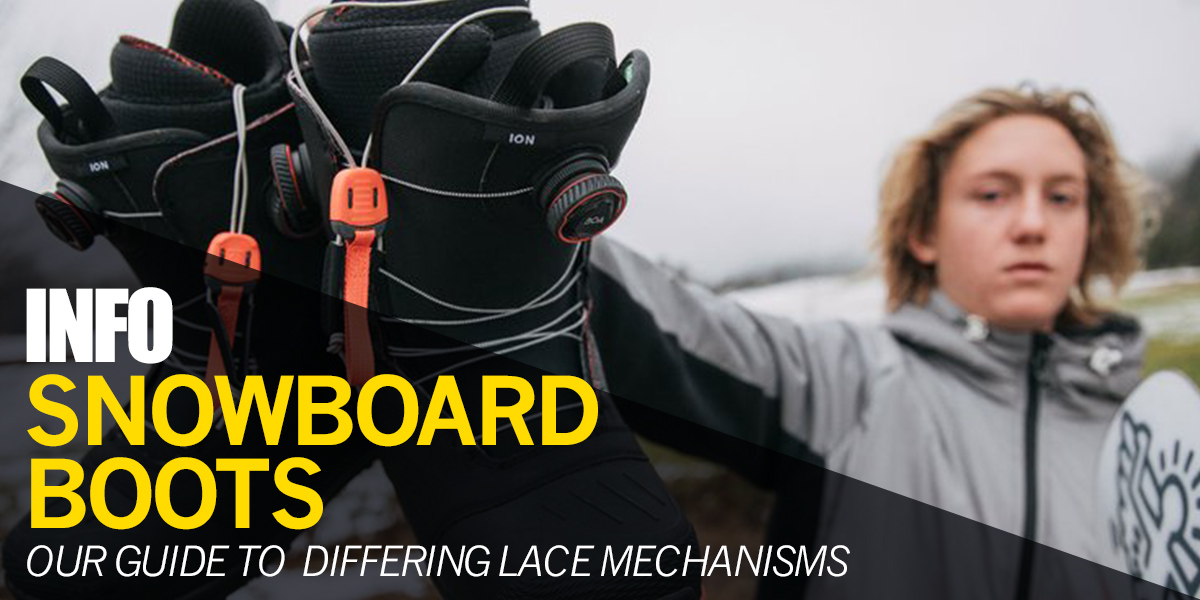Choosing your next set of boots can be a challenge with such a great range of brands and models on the market. Being such an important decision with potential to make or break a trip to the mountains it's critical to get it right. While the fit must overrule any preconceptions on manufacturer or lacing method these are certainly things to consider. The classic lacing methods are traditional lace, BOA or speed zone, with the relatice merits of each discussed below.
Traditional Laces
Traditional Laces operate like your regular shoelaces, allowing you to create a custom fit given it is possible to adjust tension at each individual lace level. They are usually the choice of pro riders and being the simplest of the three systems offer exceptional value.
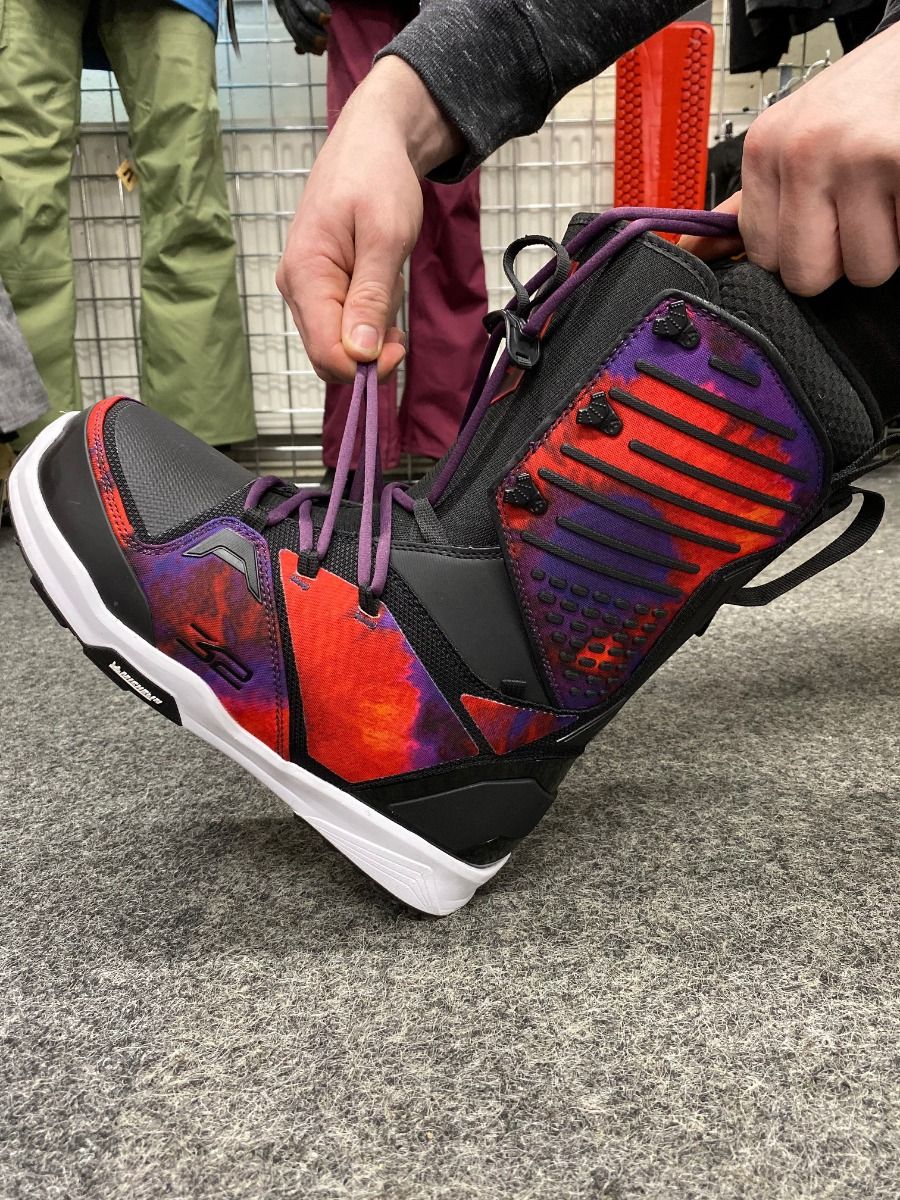
Despite the benefits there are also some potential downsides, namely that they take longer to lace up and are difficult to adjust without taking your gloves off. In addition, we find some customers who struggle to apply sufficient tension and thus risk losing control over the board as a result.
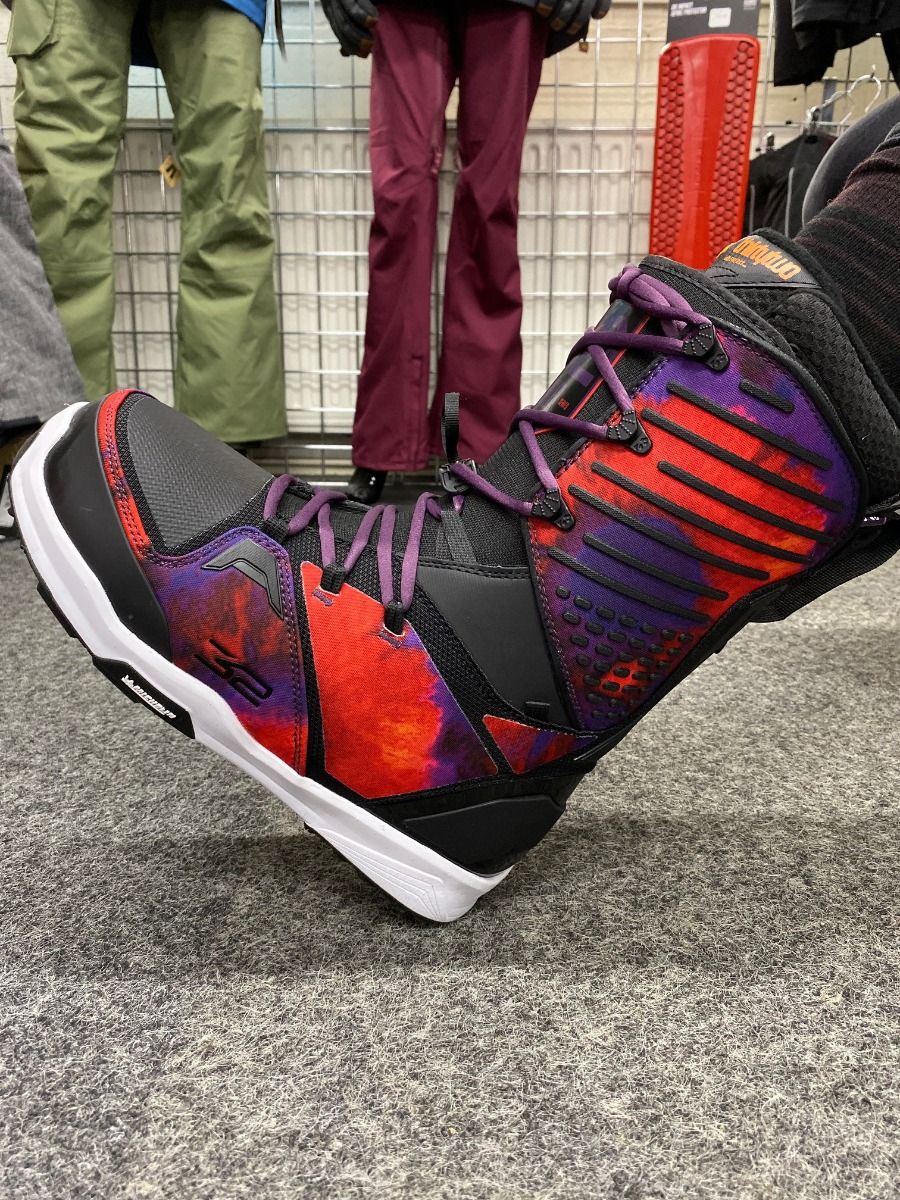
Speed Laces
Speedzone systems are tightened by simply pulling on the laces, which generally has a cleat locking mechanism attached to the side or front of the boot. As the name suggests this methodology is faster than traditional laces while also offering easier micro adjustment. For those looking for the conveninece of Boa but without the additional cost they are a great option. We would always make a case for dual zone systems, which allow you to tension the upper and lower sections of the boots independently. Single zone systems, where one puller tensions the entire boot, tend to result in a lack of pressure in the lower boot and reduced board control.
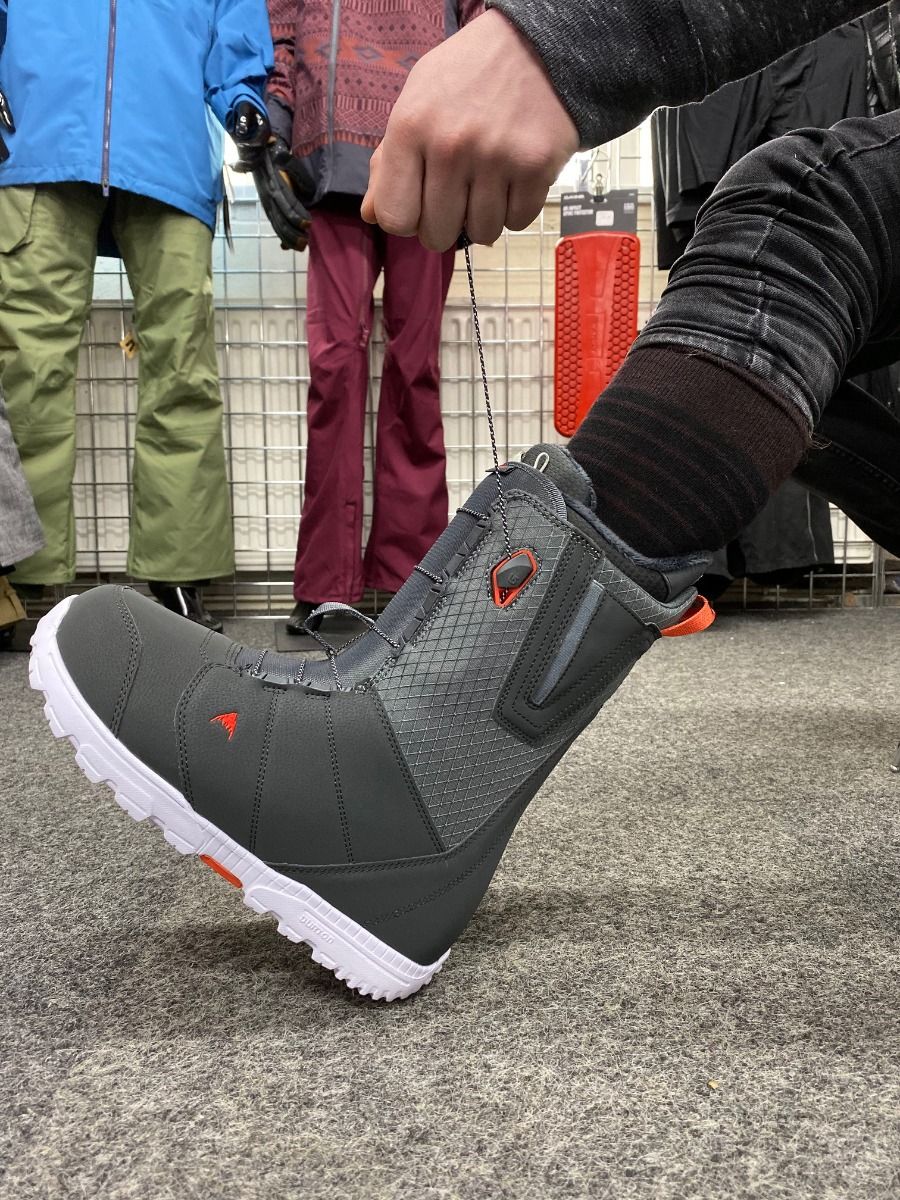
Once again these laces can be difficult to tighten while wearing gloves, although larger toggle handles offer an easier grip. They also have the potential to loosen if they are pulled out of the locking system by accident but from our experience this is extremely rare.
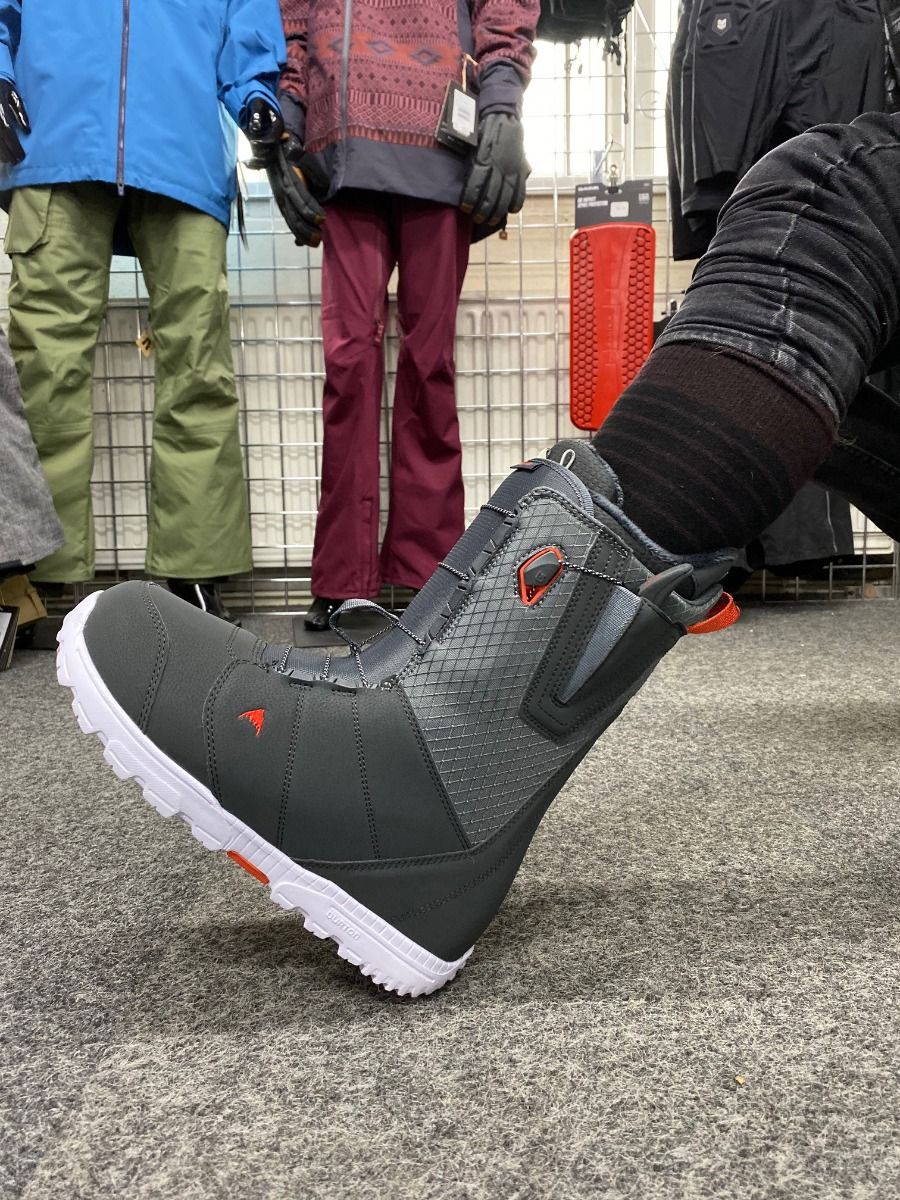
Boa
The final lacing system is Boa, a circular dial which is rotated clockwise to apply tension. To loosen you pull the dial outwards and release. Boa laces are quick to operate with gloves on and offer very easy micro adjustment when tightening. As with speed lacing we recommend a dual zone system for extra customisation, allowing you to get the tension just right.
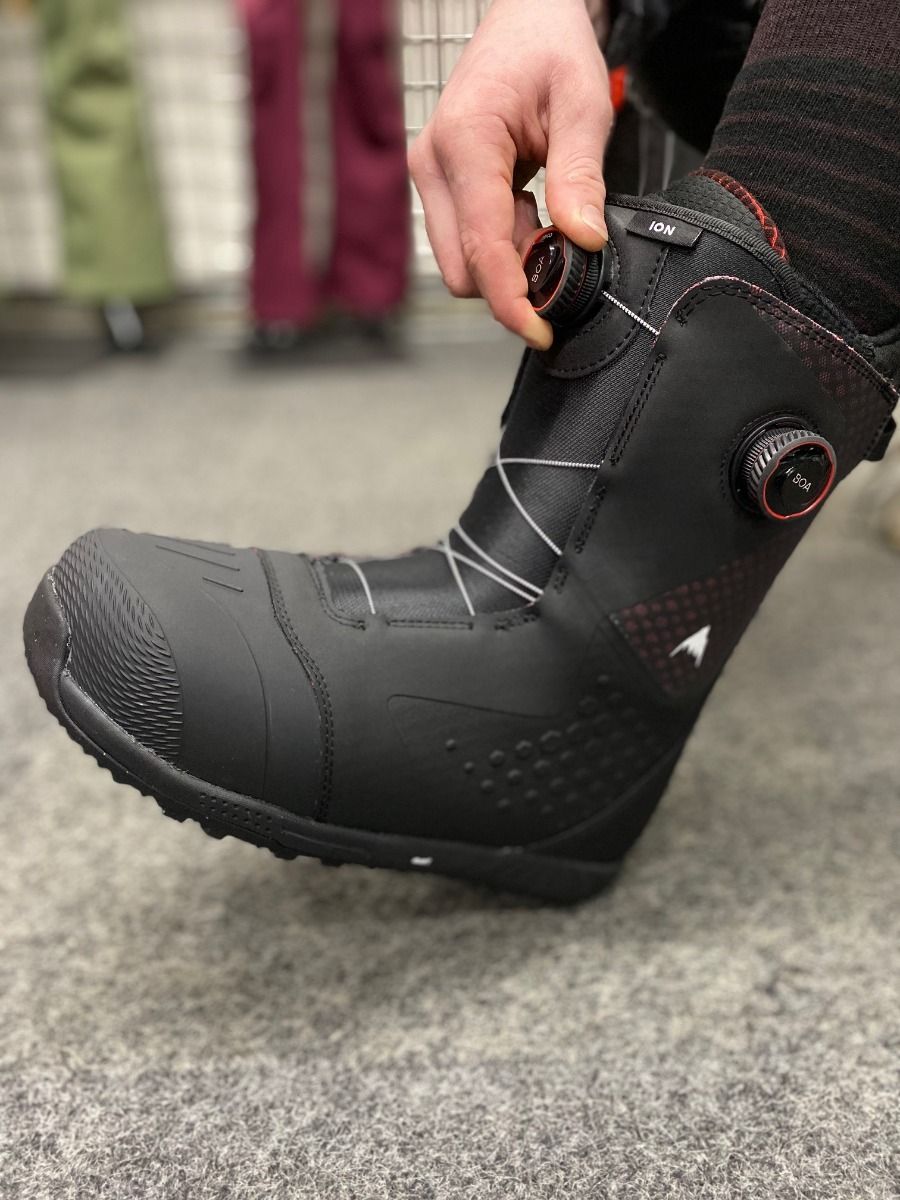
Boa laces do have some downsides and will be more expensive than speed or traditional lacing. Micro adjustments cannot be made when reducing tension and they are arguably more difficult to repair if you have an issue on the hill. However, as systems become more established and widely adopted by the boot brands the Boa dial has seen vast improvements and is now very reliable.
We hope you found this information useful but always get in touch if you need more help or advice.















